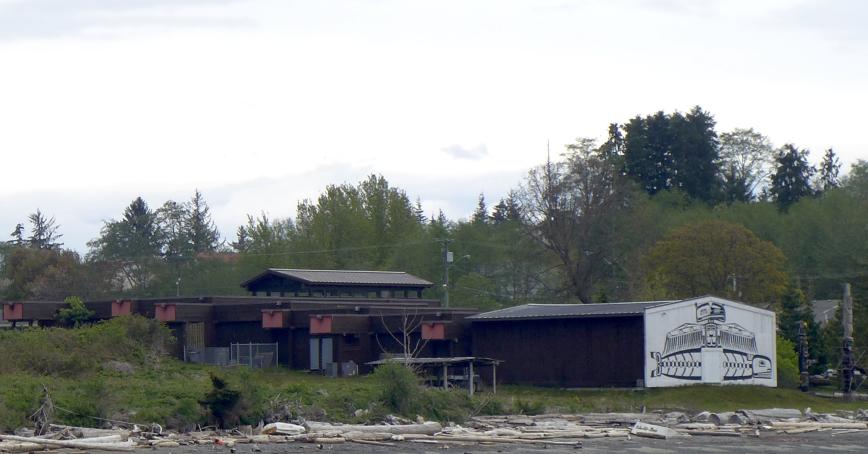Featured
Share online

Webinar
Online
The pandemic challenged all societies with a crisis in care. We have seen the entrenched capacity of healthcare facilities; individually many people suffered from social isolation, mental health, economic difficulties, and inability to access significant services and goods. As the pandemic disrupted the normalcy of life, it exacerbated existing inequities and social issues, too. We see an increase in hate crimes, discriminatory acts and racism against individuals from Indigenous, Black and People of Colour communities. Many institutions have been taking measures to navigate in this health and social crisis by adopting better working conditions, work ethic, and strategies for inclusion and diversity in their institutions.
The experience of cultural organizations such as museums and cultural centres is particularly noteworthy as culture and community are at the core of their work and identity. Their experience shows that as community organizations they had to revisit, expand, and diversify their roles, try new approaches to engagement with their communities. They adopted different strategies, put regular work timelines on hold and responded to needs of the community. In this crisis of care, how did cultural centres and community museums care about their communities and their needs? Can we talk of a new or accentuated approach in museum work?
We will reflect on these questions with Juanita Johnson, Executive Director of U’mista Cultural Centre in Alert Bay, Karah Goshinmon Foster, Executive Director of Nikkei National Museum and Cultural Centre in Burnaby and Nicole Stanbridge, Curator of Engagement at Art Gallery of Greater Victoria. Moderated by Deniz Ünsal, School of Communication and Culture, Royal Roads University